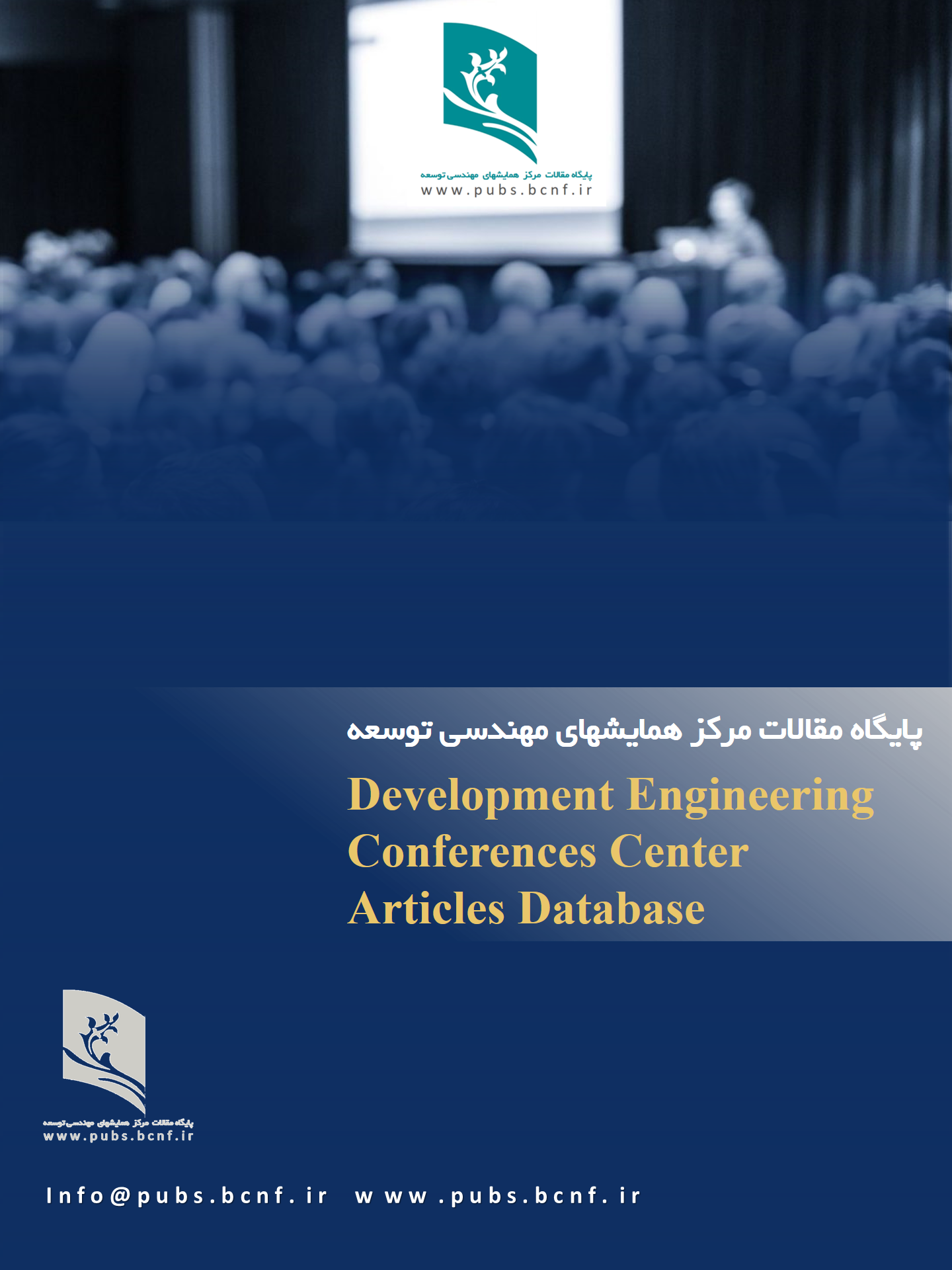Application of Multiple Reaction Monitoring in 2D-LC-MS/MS for the Simultaneous Quantification of UDCA and Internal Standards in Clinical Plasma Samples
DOI:
https://doi.org/10.5281/zenodo.17058043Keywords:
MRM, Ursodoxycholic Acid, Valsartan, 2D-LC-MS/MS, analytical chemistry, pharmacokinetics, plasma biomarkersAbstract
This research focuses on the optimization and implementation of multiple reaction monitoring (MRM) in a 2D-LC-MS/MS system for the simultaneous quantification of Ursodoxycholic Acid (UDCA) and Valsartan (internal standard) in plasma samples. The analytical system incorporates dual chromatographic columns and electrospray ionization in negative mode, ensuring high specificity and sensitivity. The optimized chromatographic conditions, employing 0.2% formic acid and acetonitrile as mobile phases, achieved a total run time of less than 4 minutes. Calibration curves spanning 50–8000 ppb revealed excellent linearity, with a detection limit of 50 ppb. Validation adhered to EMEA and ICH M10 guidelines, confirming the method’s accuracy (98–102%), precision (RSD < 5%), and negligible matrix effects (MEF > 90%). Application to clinical samples demonstrated the method’s efficacy in high-throughput analysis, paving the way for broader adoption in pharmacokinetic and bioavailability studies. This study highlights the capability of MRM-enabled 2D-LC-MS/MS in delivering precise quantification of plasma biomarkers.
Downloads
References
1. Boscolo, P., et al. (2020). Advances in bile acid quantification using liquid chromatography-tandem mass spectrometry. Journal of Chromatographic Science, 58(7), 567–578.
2. EMEA. (2011). Guideline on bioanalytical method validation. European Medicines Agency. Available at: https://www.ema.europa.eu.
3. ICH. (2019). M10: Bioanalytical Method Validation. International Council for Harmonisation of Technical Requirements for Pharmaceuticals for Human Use. Available at: https://www.ich.org.
4. Jones, A., et al. (2021). High-throughput analysis of plasma biomarkers using advanced LC-MS/MS techniques. Analytical Chemistry, 93(12), 4958–4970.
5. Li, T., et al. (2021). Matrix effects in LC-MS/MS quantification: Advances in mitigation strategies. Bioanalysis, 13(3), 149–165.
6. Ma, J., et al. (2022). Quantification of bile acids in human plasma using 2D-LC-MS/MS: A comparative study. Journal of Pharmaceutical and Biomedical Analysis, 210, 114422.
7. Smith, D., & Taylor, R. (2020). Optimizing internal standard selection for bioanalytical methods. Trends in Analytical Chemistry, 125, 115986.
8. Wang, Y., et al. (2020). Development and validation of a rapid LC-MS/MS method for therapeutic drug monitoring. Clinical Pharmacokinetics, 59(5), 623–635.
9. Zhang, X., & Lin, H. (2022). Bile acid quantification: Emerging tools and applications in clinical pharmacology. Therapeutic Advances in Chronic Disease, 14, 20406223221123456.
10. Zhao, L., et al. (2020). Advances in 2D-LC-MS/MS for bioanalytical applications: Resolving complex matrices. Journal of Analytical Science, 45(10), 788–802.



